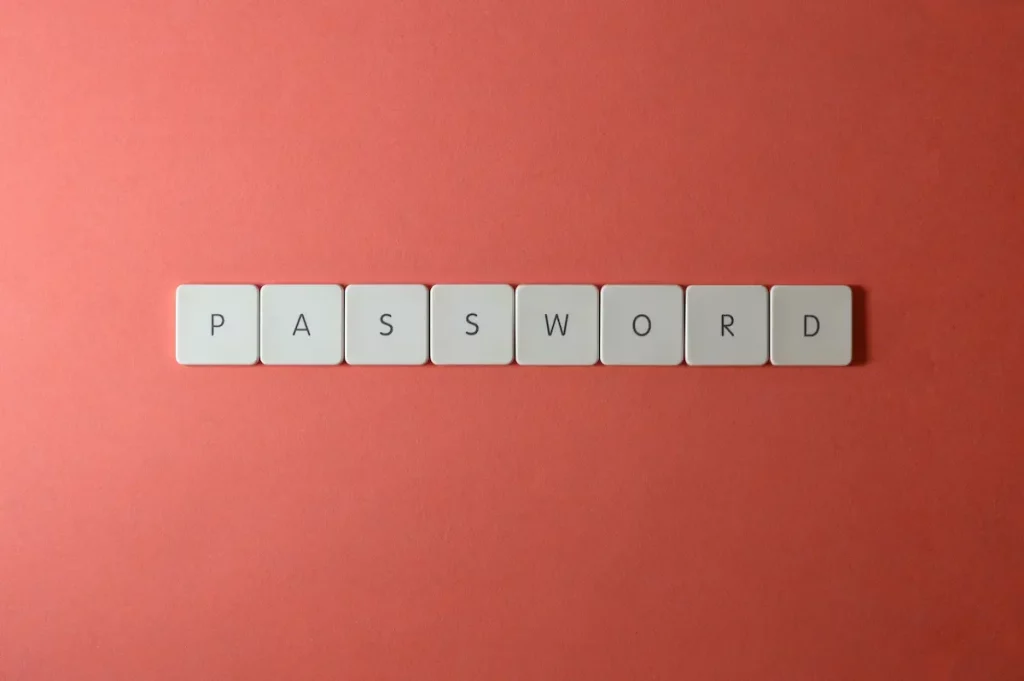Irrespective of the size of your business, that is, whether big or small, the nature of the business may allure more than what you bargained for.
This is because cyber-attacks do not discriminate.
And certainly, you do not wish to work as hard as you do just for your business to fall victim to cyber-attacks.
The readiness as regards cybersecurity goes beyond merely having an antivirus program or firewall.
Digital networks are virtually universal, and fraudsters are increasingly innovative.
However, with the right approach and precautions, adequate computer security is not beyond reach.
In today’s computerized world of business, cybersecurity is more important than ever.
In this article are steps by which you can enhance the cybersecurity of your business.
8 Steps to Enhance the Cybersecurity of Your Business
Keep Your Software Updated
Ransomware attacks have been a major attack vector for both businesses and consumers.
One of the most important cybersecurity hints to check ransomware and malware is by patching outdated software, both applications, and operating systems.
Some products block malicious code from inception while other new products employ grey lists that identify suspicious behavior.
Overall, regular updates aid in removing critical susceptibilities that hackers make use of to access your devices.
The following methods can be employed to get you started:
- Put on automatic system updates for your devices.
- Ensure your desktop web browser makes use of automatic security updates.
- Frequently update your web browser plugins such as Flash, Java, etc.
Use Strong Passwords and a Password Management Tool

Effective security starts with robust passwords containing combinations of numeric, alphabetic, and special characters.
Strong passwords are an important part of defense against cyber-attacks and business interruption.
Frequent password changes are advisable, but using the same password for multiple accounts is not.
Make sure you choose a password you will not have difficulty remembering and never leave a password hint out in the open or make it possible for everyone to see.
That is like presenting gifts to hackers.
Furthermore, try using a password management tool or password account vault.
It will make it easier for you to manage your passwords.
Use Multi-Factor or Two-Factor Authentication
Multi-factor or two-factor authentication is a service that includes additional layers of security to the standard password method of online identification.
Without two-factor authentication, you would only be required to enter your username and password.
But with two-factor, you would be required to enter one additional authentication method like a Personal Identification Code, fingerprint, or even another password.
While with multi-factor, you would be led to enter more than two additional authentication methods after the first step of inputting your username and password.
Use two-factor and multi-factor authentication methods on your business network wherever necessary, especially with banking websites and social media.
Two-factor authentication is also a necessity for online management and organization tools. If you are using Outlook Web App to access your emails, contacts, and calendar, you may also want to use OWA multi-factor authentication. This will make it difficult for hackers to steal your login credentials and is a good way to keep your data private.
It is a wise precaution that ensures that even if an anonymous hacker steals your password, your data remains protected through double-checking.
Use Firewalls and Anti-Virus Protection
Using a firewall is essential when defending your data against malicious attacks.
A firewall helps to screen out viruses, hackers, and other malicious activities that happen over the internet and chooses what traffic can gain access to your device.
Nevertheless, you can configure firewall software to send incident log files to a managed SIEM (Security Incident and Event Management) System.
Anti-Virus (AV) Protection also blocks malware and other malicious viruses from gaining access to your device and compromising your data.
Ensure you use Anti-Virus software from trusted vendors only and run just one AV tool on your device.
Regularly Backup Your Data
Regular backup is often an overlooked step in business security.
There is a simple rule called the 3-2-1 backup rule.
This describes keeping three copies of your business data on two various types of media (that is, local and external hard drive) and one copy in an off-site location (cloud storage).
Regular backup protects against crippling data loss.
And even in the case of ransomware or malware, you can retrieve your data by erasing your systems and restoring with a recently performed backup.
Educate Your Employees Properly
Another important step by which you can increase the cybersecurity of your business is by properly coaching your employees.
This will help them keep a vigilant eye out for phishing emails and websites.
There are some signatures for these types of fraud which include misspellings, urgent and/or threatening language, and requests to click on certain links.
Educate your employees to search for information from trusted websites, rather than clicking any link.
Also, whenever your employees need to send sensitive data or download files from emails, enlighten them to find a way to verify the origin or destination as the case may be, before clicking on “send” or “download”.
Make Use of an Address Verification System (AVS) For Online Payments
AVS helps to make transactions more secure and mitigates fraud by confirming each customer’s billing address with the cardholder’s issuing bank.
This becomes most secure when used in combination with CVV2 verification, which allows customers to enter the three- or four-digit code at the back of their credit card.
Security of Mobile Device

Cybercriminals are proficient at accessing networks and data theft through smartphones and tablets, as much as through office servers and workstations.
Hence, businesses need to bridge this gap with the current security measures for mobile devices.
Secure Your Business
Hacking, phishing, and malware incidents are prevalent causes of cybersecurity breaches today.
However, it’s troubling that these hacking methods are the result of human errors one way or the other.
Proper education and awareness are essential in the fight against security breaches and cybercriminal activities.
For this reason, the above-mentioned steps have been discussed, and they are worth putting to use as much as possible.
Thereafter, you can be assured that your business is cyber secure.
Remember an adage that says “prevention is better than cure”. The protection of your network and business is no longer what should be on a wish list.
Rather, it is crucial for everyday business.








